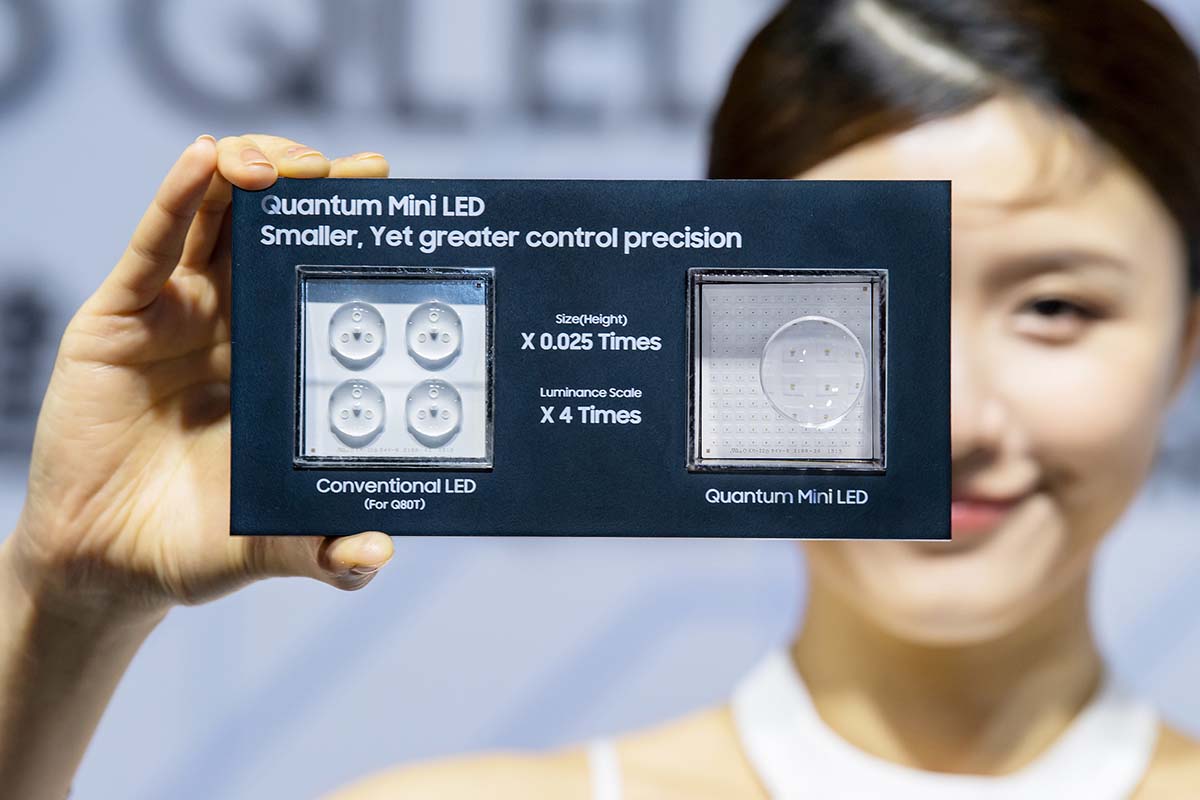The year 2021 marked a turning point in the display technology sector with the introduction of Apple’s new iPad Pro, featuring state-of-the-art Mini LED technology.
This commercial debut paves the way for a market boom, with forecasts suggesting that Mini LED chips used in TV backlights alone could generate revenues of $270 million this year.
The advent of Mini LED technology rekindles the Taiwanese optoelectronics industry which had been grappling with overcapacity and intense pricing competition. Taiwan’s early venture into the mass production of Mini LEDs has made its companies pivotal players in this fast-growing market.
So, what’s the fuss about Mini LED?
Well, it’s essentially a smaller version of traditional LEDs that fills the gap between regular LEDs and next-generation Micro LEDs. The chips typically range in size from 75–500μm. Unlike conventional LED backlighting that illuminates from the edges of a screen, Mini LED backlighting allows for even light distribution across the entire display.
Apple’s latest iPad Pro exemplifies these benefits. For example, the device’s Liquid Retina XDR display sustains 1,000 nits of brightness and employs over 10,000 Mini LEDs along with more than 2,500 dimming zones.
This setup enables an extraordinary 1-million-to-1 contrast ratio, providing deeper blacks and brighter images.
Beyond Apple, other electronics giants like Samsung, LG, TCL, and Xiaomi have also entered the fray with Mini LED TVs that challenge the pricey OLED models. Major tech firms Acer and MSI have even released Mini LED-backlit notebooks aimed at the gaming market.
While Mini LED notebooks are still a rarity, there’s growing anticipation that Apple may also adopt this technology for its new MacBook Pro.
Taiwanese companies are well-poised to capitalize on this burgeoning technology. Manufacturers like FitTech, Saultech, Youngtek, and Ennostar have already become essential components of the Mini LED supply chain for next-gen iPad Pro devices.
The Taiwanese supply chain is robust, encompassing everything from LED chip production to packaging services, and even driver ICs. Prominent panel makers like AUO and Innolux are also investing heavily in R&D for new products.
In summary, the commercialization of Mini LED technology heralds new opportunities in various sectors, from tablets and TVs to notebooks. With superior contrast and resolution capabilities, Mini LED is catching the eye of tech behemoths and could be the next significant trendsetter in display technologies.
Due to their early involvement, Taiwanese manufacturers stand to gain considerably and can potentially reinvigorate an industry that has been struggling for some time.

